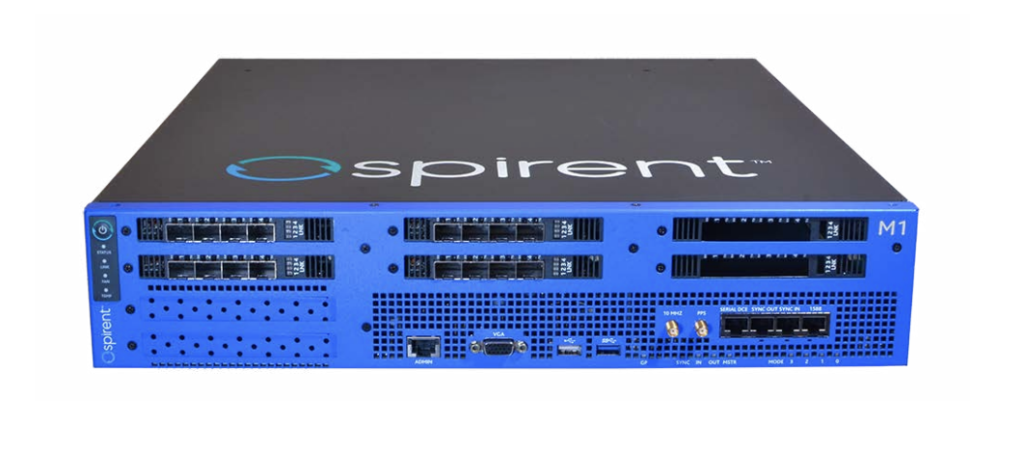The compact M1 Appliance for testing Ethernet and automotive Ethernet in tomorrow’s networks and applications is now available from Spirent Communications, a supplier of automated test and assurance solutions.
Spirent Communications has developed the space-saving platform to aid in reducing time to market while also assuring the successful deployment of new technology. The M1 Appliance improves product quality and ensures reliability for high-quality user experiences.
Flexible by design, the M1 Appliance can be used during the entire test lifecycle to conduct functional, performance and benchmark testing of new networking products targeting network infrastructure. The solution can also be used to validate evolving SDN and NFV technologies.
Compared to the previous generation solutions, the M1 provides a higher reliability and density, with a maximum of eight network interface card (NIC) slots.
Support for a wide variety of NIC combinations means additional appliance kits for specific testing needs can be created, while the small form factor delivers lower power consumption compared to larger chassis. The M1 Appliance also enables users to easily distribute test systems among multiple locations as opposed to installing them in a dedicated lab space, which some users may not have access too.
The M1 Appliance can be used for network traffic, broadband testing, SDN and data center validation, device benchmarking, core and edge routers and switch verification, carrier Ethernet verification and subscriber emulation.
“Spirent is committed to supporting the evolving testing needs of the IP networking and automotive sectors,” said Aniket Khosla, vice president of cloud and IP product management, Spirent. “Our next-generation M1 platform plays an important role. “Its higher density, smaller form factor architecture is a continuation of our rich legacy of Ethernet innovation to provide versatile, flexible test solutions to help verify the scale, reliability and performance of Ethernet networks and services – a critical step toward successful deployment of new technologies.”


